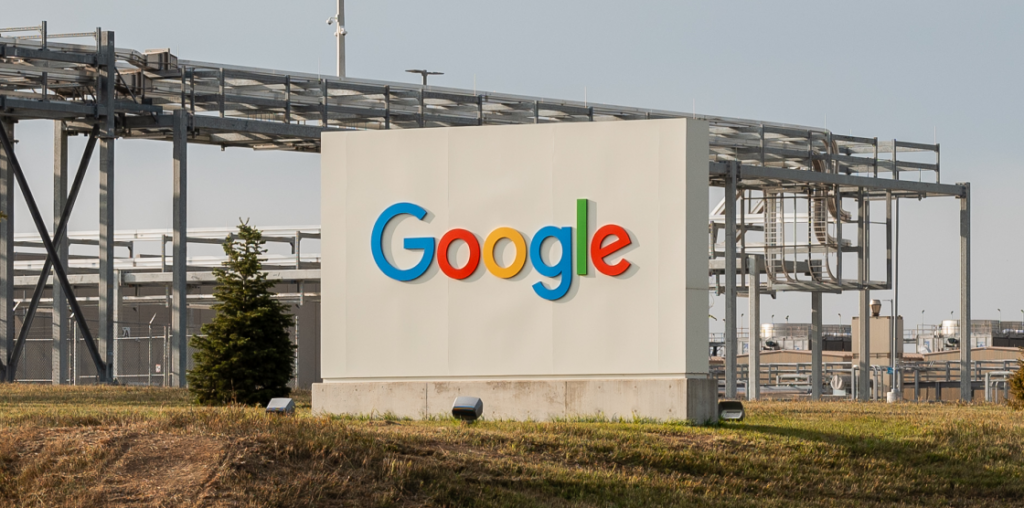Google has signed a long-term deal to buy nuclear power from Kairos Power’s upcoming small modular reactors (SMRs), the companies announced this week.
Kairos will build an unspecified number of SMRs to provide electricity to Google data centers, with the goal of adding 500 MW of electricity to US power grids. Google says the deal is important for powering AI tech, like its own Gemini. Kairos’s SMRs use a low-pressure system with molten-salt cooling, which Google claims make it safer and cheaper to operate than other nuclear reactor types.
“Having an agreement for multiple deployments is important to accelerate the commercialization of advanced nuclear energy by demonstrating the technical and market viability of a solution critical to decarbonizing power grids while delivering much-needed energy generation and capacity,” said Jeff Olson, Kairos Power Vice President, Business Development & Finance, in a statement.
Google presents nuclear energy as a “clean” alternative to carbon dioxide-producing options, like coal-burning plants. But that’s not exactly the case. SMRs still produce various types of waste. In 2022, a Stanford-led research team found that SMRs specifically will “exacerbate” existing problems with radioactive nuclear waste. A report hosted on the US Nuclear Regulatory Commission’s site details how Kairos reactors produce different types of waste, including radioactive waste, and explains how the company plans to manage said waste.
Research published in the Proceedings of the National Academy of Sciences journal also found that molten salt-cooled SMRs (as well sodium- and water-cooled SMRs) actually “increase the volume of nuclear waste in need of management and disposal by factors of 2 to 30” compared to other reactor types. All that said, some may still see the energy source as worth it despite these issues.
When it comes to AI, energy experts more broadly have previously shared their concerns with AI’s sky-high power needs—and whether the US grid can play catch-up with demand. It takes time, often many years, to add new power sources like a new nuclear power plant to existing power grids due to existing regulations. But while new additions slowly join the grid, AI models from the likes of Microsoft, Meta, and Google are already using energy today.
Recommended by Our Editors
As MIT researcher and director of the university’s Tata Center for Technology and Design Robert Stoner explained to PCMag earlier this year: “Utilities really don’t like adding renewable power plants to their systems. They stress them, they add a lot of peak current at times of the day that are not the same as they are if the system doesn’t have those sources. They resist, and they hum and they haw.”
Stoner also offered a measured critique of energy deals where big tech firms promise to add new sources to the grid through power purchase agreements (PPAs), like that between Google and Kairos. “The problem with that is it’s not necessarily additional,” Stoner told PCMag. “The companies can make themselves feel good by entering into these sorts of arrangements, [but] they’re really just consuming renewable energy that others would happily consume as well.”
Get Our Best Stories!
Sign up for What’s New Now to get our top stories delivered to your inbox every morning.
This newsletter may contain advertising, deals, or affiliate links. Subscribing to a newsletter indicates your consent to our Terms of Use and Privacy Policy. You may unsubscribe from the newsletters at any time.
About Kate Irwin
Reporter


